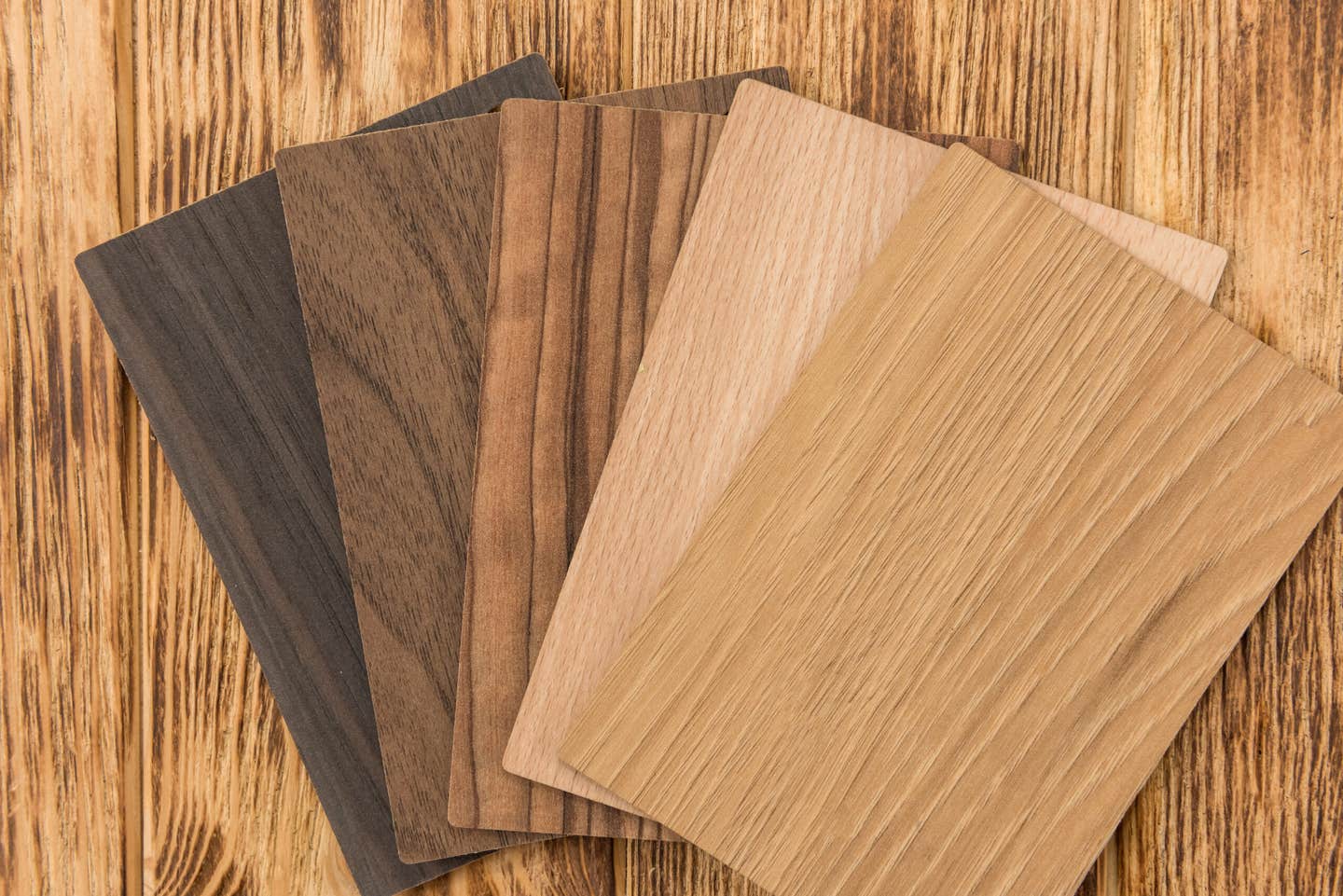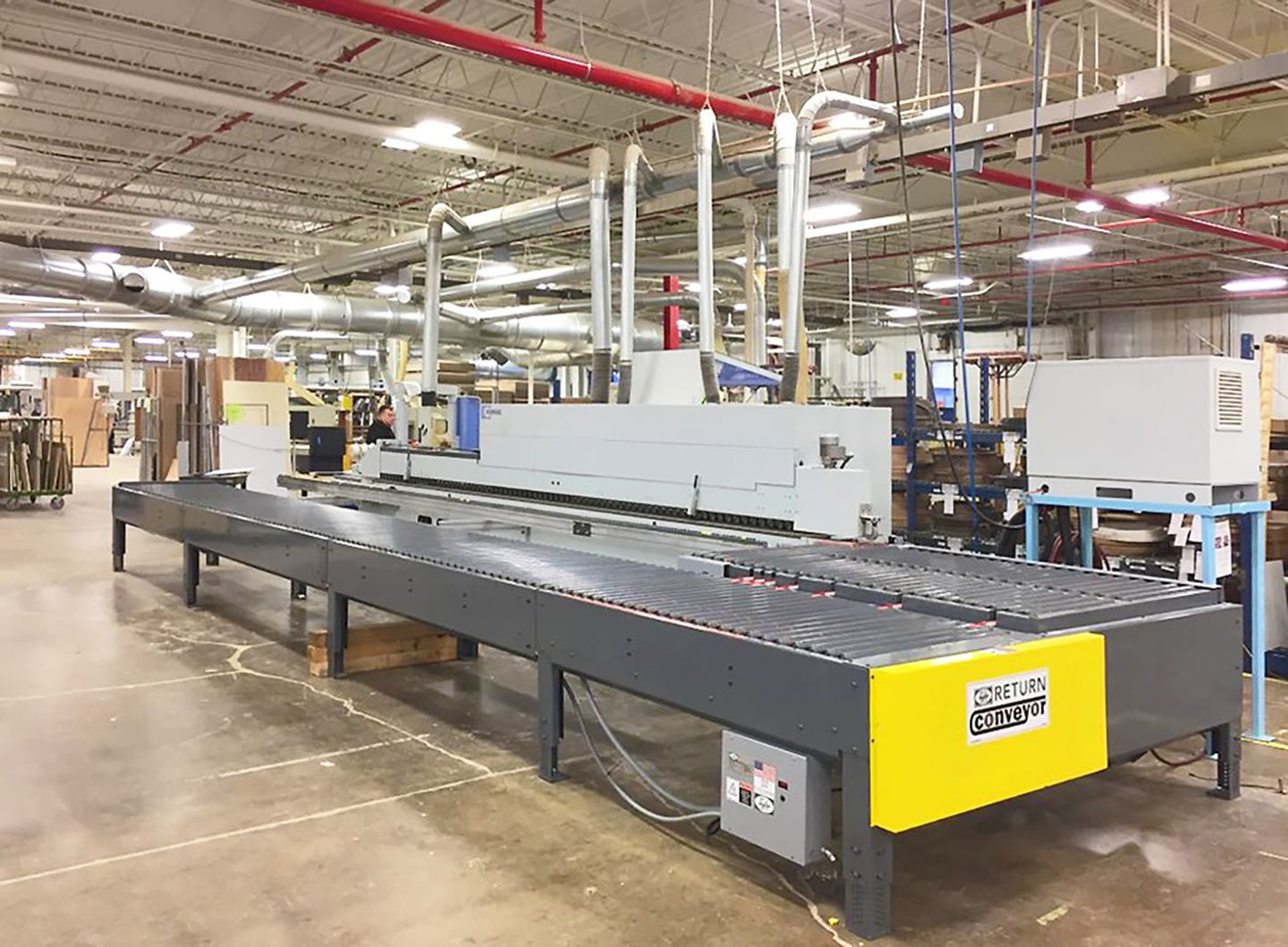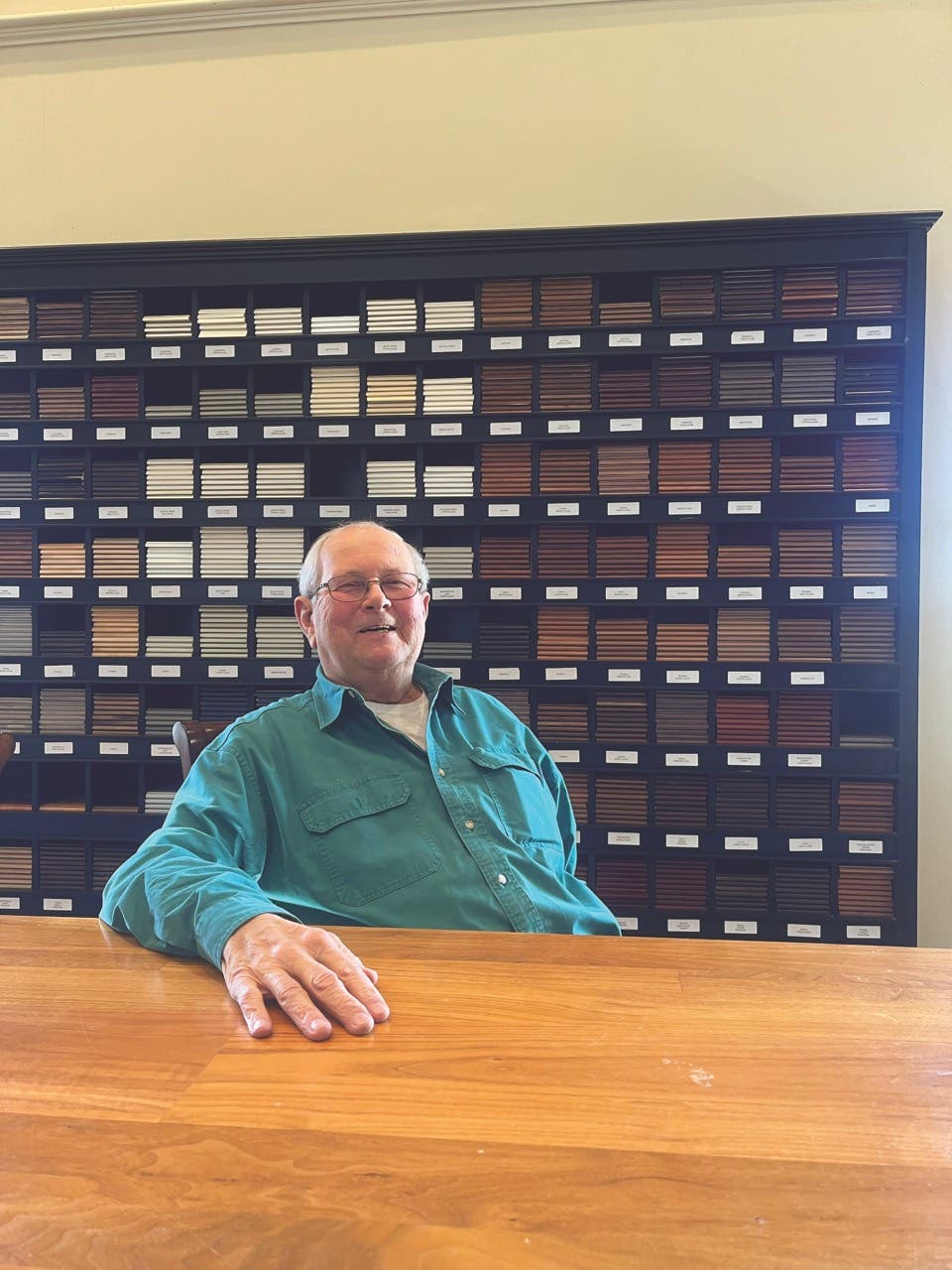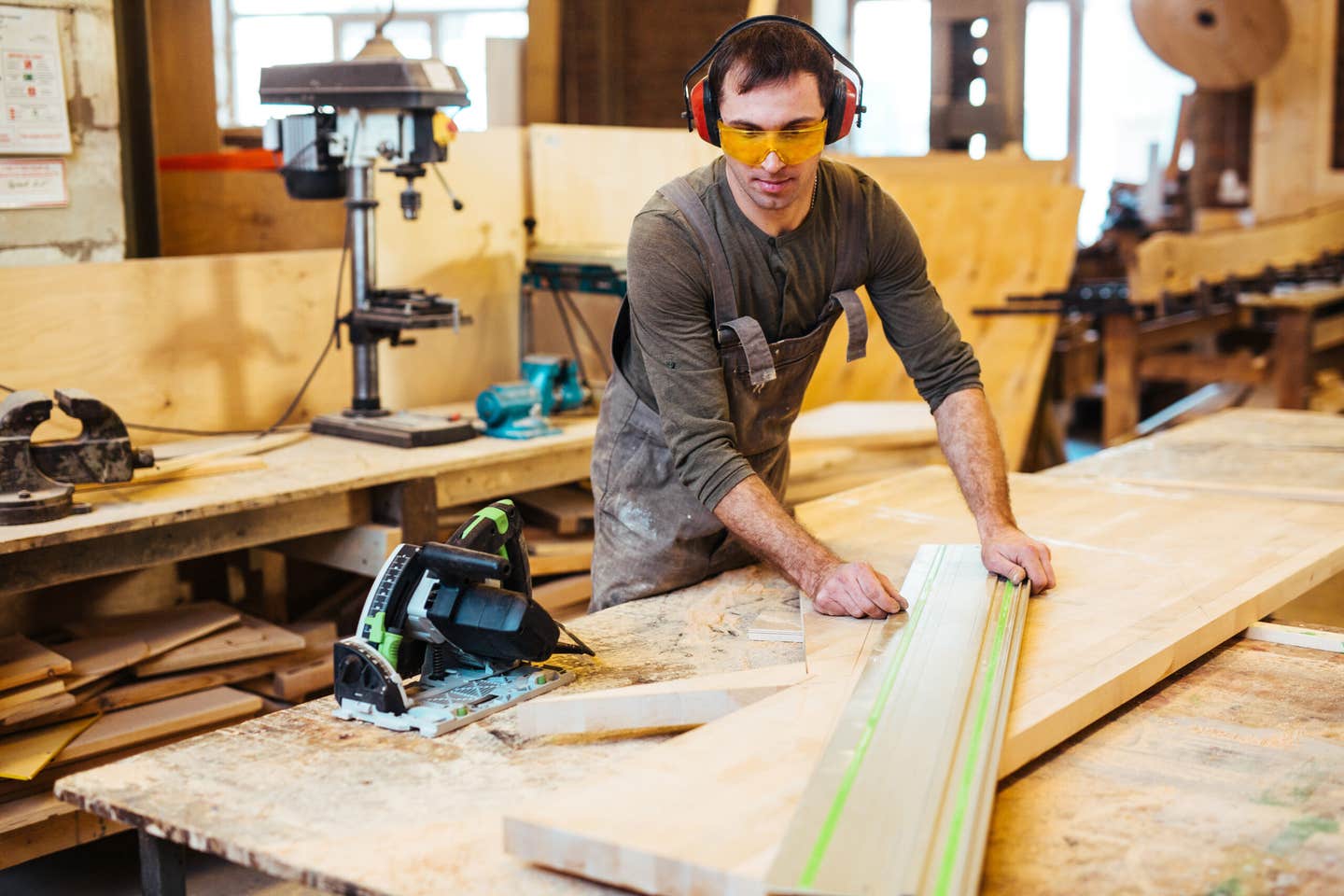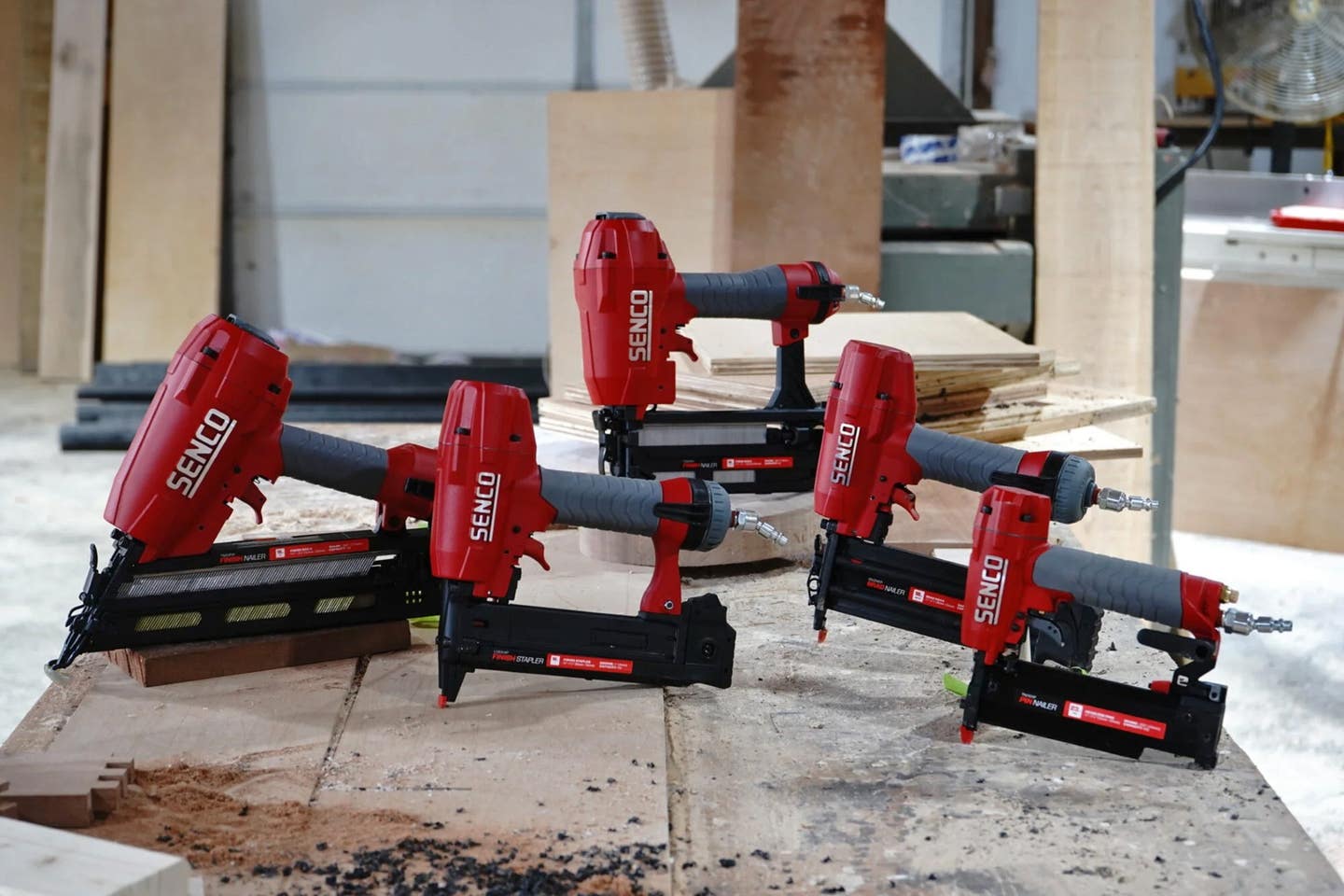Changes across the board
When an executive of a wood composite panel business was asked what changes he had seen in the industry during recent years, his reply was “not many.” That was shortly…
When an executive of a wood composite panel business was asked what changes he had seen in the industry during recent years, his reply was "not many." That was shortly followed by comments detailing several issues that in fact have changed the landscape of the sheet goods industry and continue to do so today.
{loadposition position10}
Years ago, long before big box stores existed, a trip to the local hardware store for a 4x8 meant walking out the door with a sheet of plywood. There really wasn't any other choice; it was the only game in town. But over time, products such as MDF, particleboard, OSB and hardwood plywood with various cores and faces emerged. Products from crops such as straw, wheat and bamboo are just a few other materials that have followed.
There is no doubt that the vast majority of products introduced during the last two to three years fall in the category of being "green" or "environmentally friendly."
Going green
For decades, formaldehyde has been used in the production of wood-binding adhesives and resins, most often urea formaldehyde (UF). The International Agency for Research on Cancer classified formaldehyde as "carcinogenic to humans" in 2004. The California Air Resources Board (CARB) approved an airborne toxic control measure (ATCM) to reduce formaldehyde emissions from composite wood products including hardwood plywood, particleboard, MDF, thin MDF, as well as furniture, cabinetry and other finished products. The first CARB emission standards, known as Phase I, were implemented on Jan. 1, 2009. Phase II, which consists of stricter regulations, will take effect in 2010 and 2011. The Phase II measures will be the toughest in the world.


